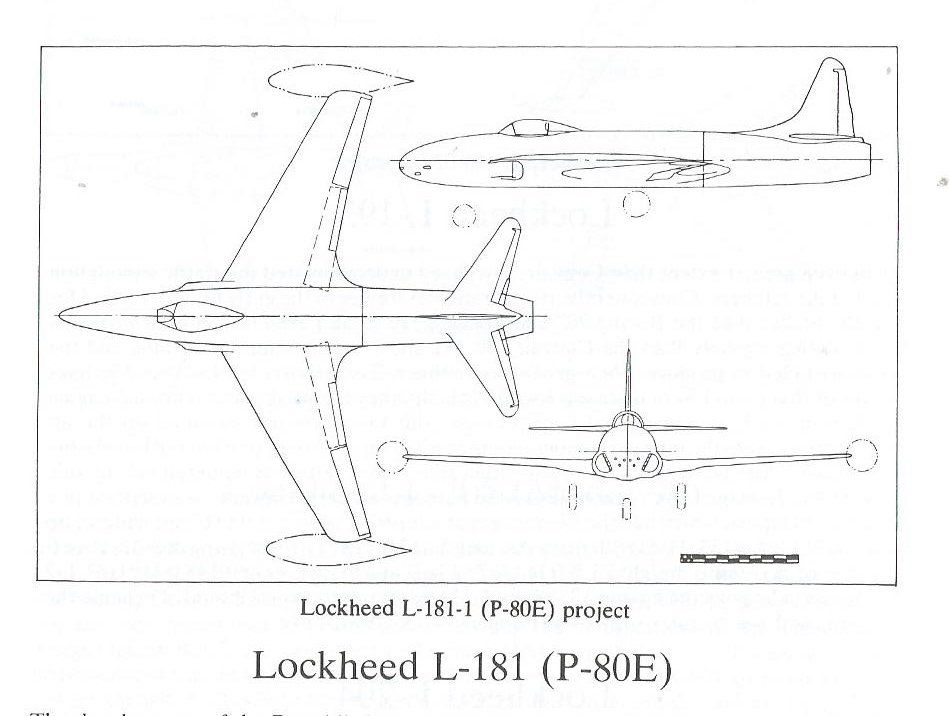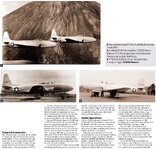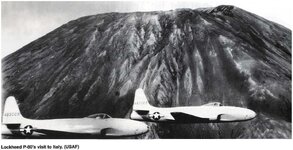VaultBuster
Recruit
- 2
- Jan 4, 2018
Hi! I'm new to this website, and what surprised me was when I read that the early YP-80 actually served in a sortie. Yet it met no combat.
https://www.defensemedianetwork.com...aversion-p-80-shooting-stars-in-world-war-ii/
I'll quote the article, "An official history of the 1st Fighter Group states that a 94th FS pilot, Maj. Ed LaClare, flew 'two operational sorties' in a YP-80A." It never encountered combat aircraft, yet the article states that some historians believe that the plane would engage in combat if it was placed into a position to. Does this mean that the P-80 officially served in WW2? If so; this highly interests me.
The aircraft seemed to have a relatively interesting history including the fact there was a model that I nearly found no sources on. While this does somewhat extend away from I found that there was an P/F-80E that was designed. I emailed Joe Baugher for an image of what the aircraft looked like and he sent me the image below. He states it's from a book called, "Lockheed Aircraft Since 1913"
I dunno if you guys know anymore information, but I'm hoping to find more information about the entire P-80 series, especially the beginnings.
http://www.joebaugher.com/usaf_fighters/p80_9.html : Link to the page
https://www.defensemedianetwork.com...aversion-p-80-shooting-stars-in-world-war-ii/
I'll quote the article, "An official history of the 1st Fighter Group states that a 94th FS pilot, Maj. Ed LaClare, flew 'two operational sorties' in a YP-80A." It never encountered combat aircraft, yet the article states that some historians believe that the plane would engage in combat if it was placed into a position to. Does this mean that the P-80 officially served in WW2? If so; this highly interests me.
The aircraft seemed to have a relatively interesting history including the fact there was a model that I nearly found no sources on. While this does somewhat extend away from I found that there was an P/F-80E that was designed. I emailed Joe Baugher for an image of what the aircraft looked like and he sent me the image below. He states it's from a book called, "Lockheed Aircraft Since 1913"
I dunno if you guys know anymore information, but I'm hoping to find more information about the entire P-80 series, especially the beginnings.
http://www.joebaugher.com/usaf_fighters/p80_9.html : Link to the page



